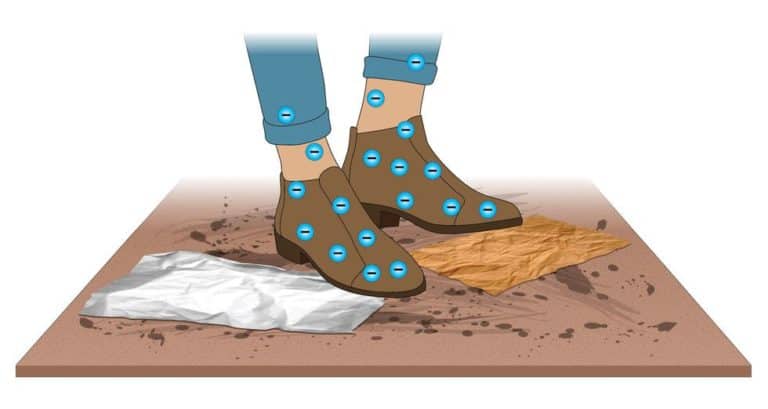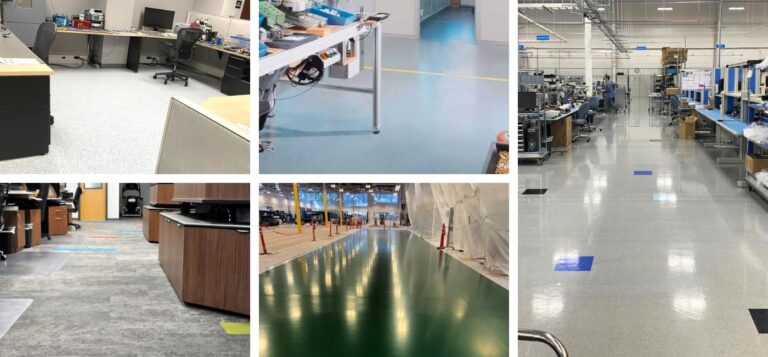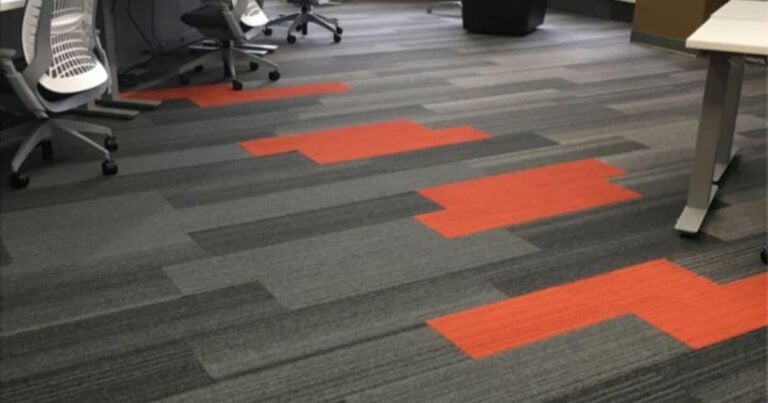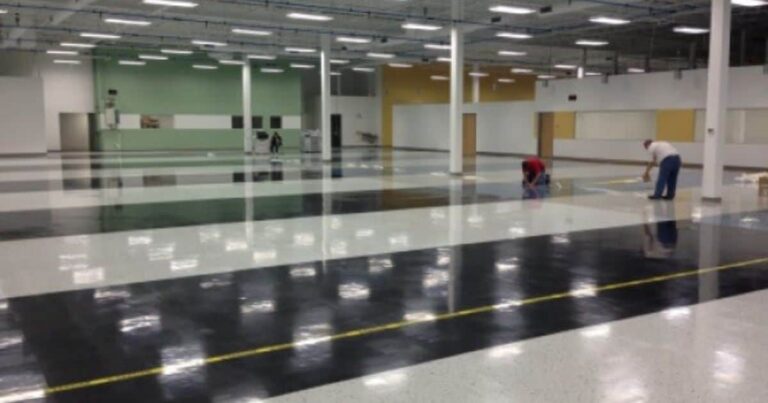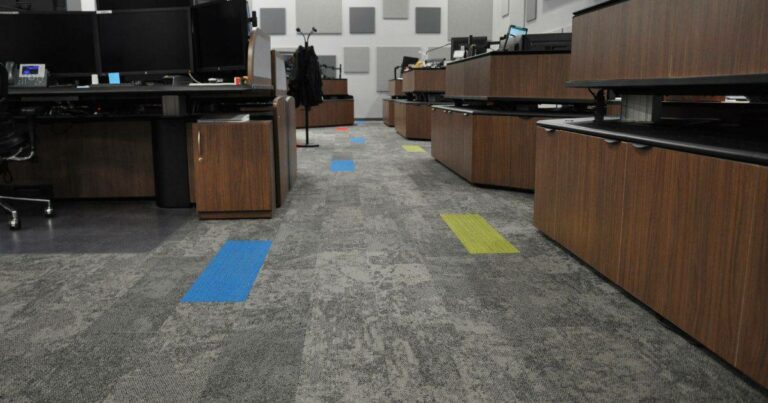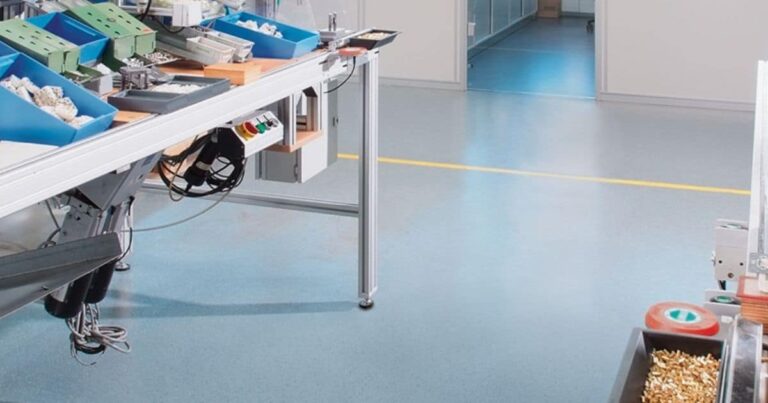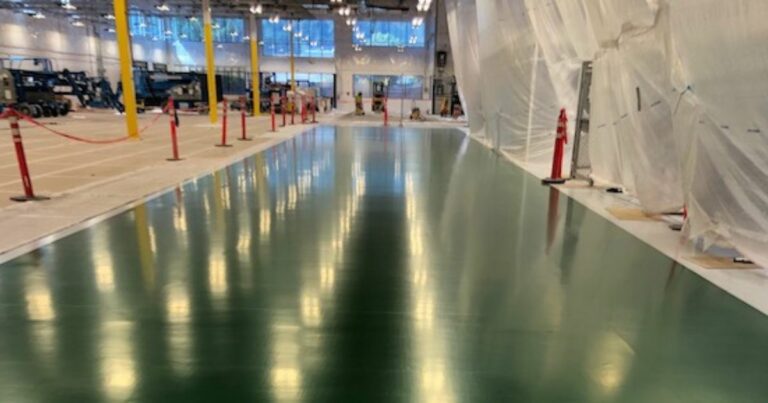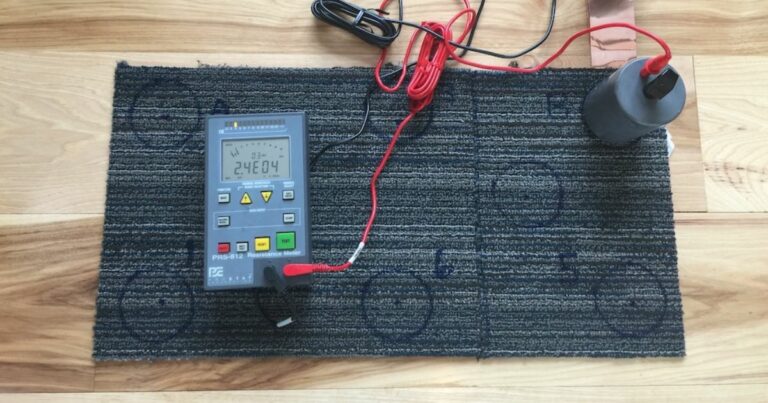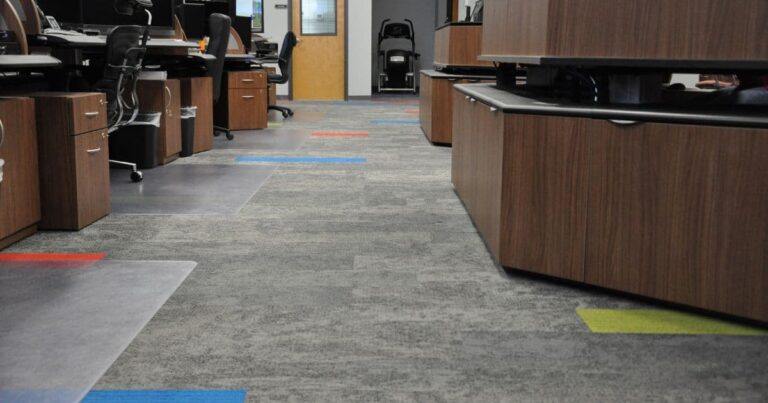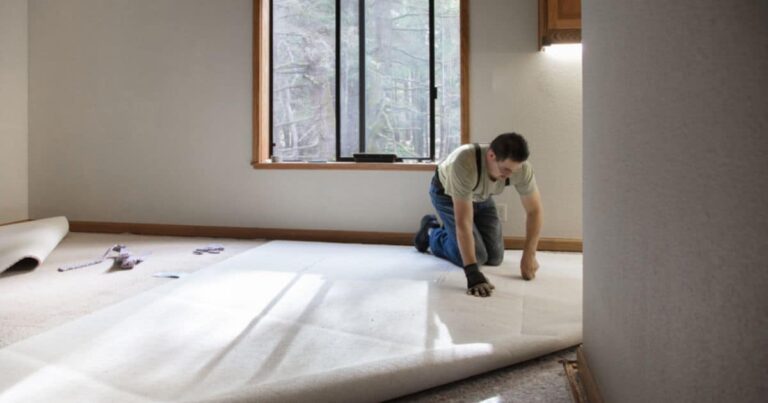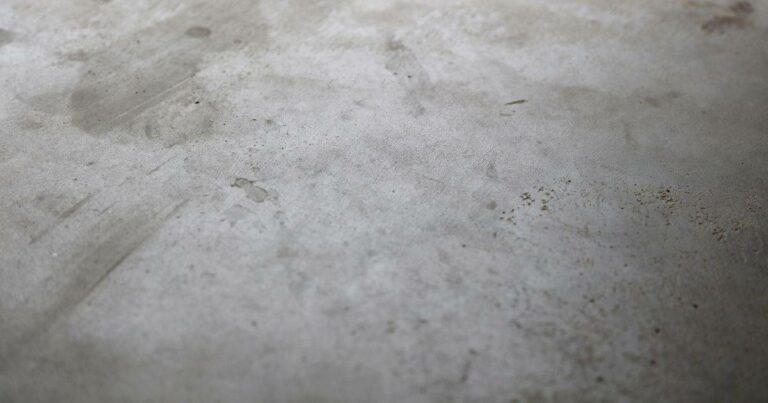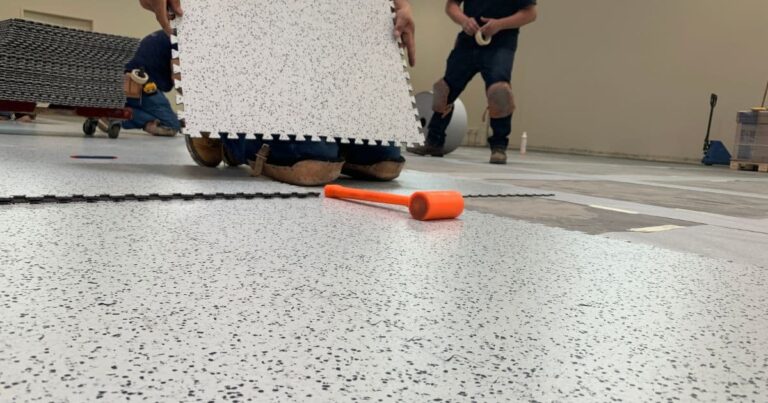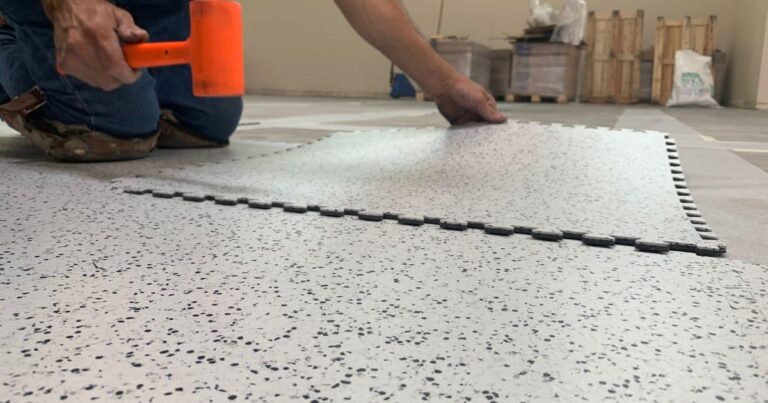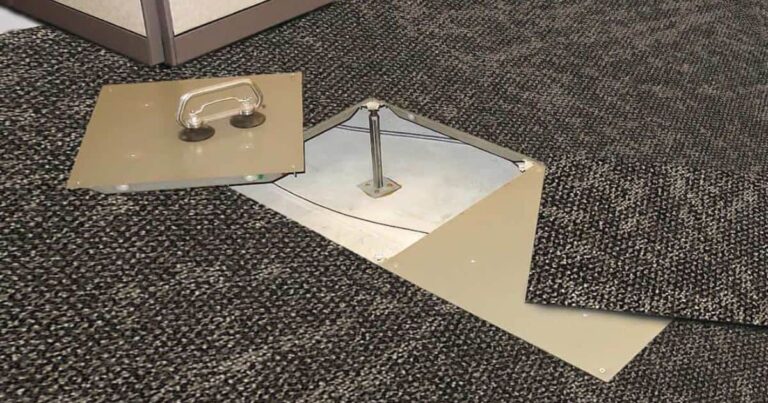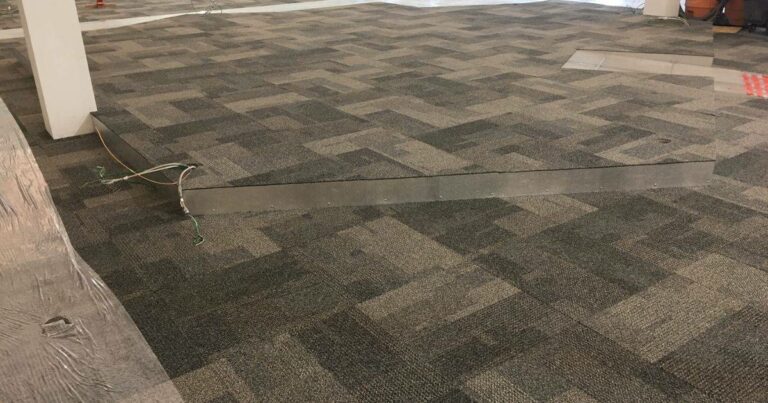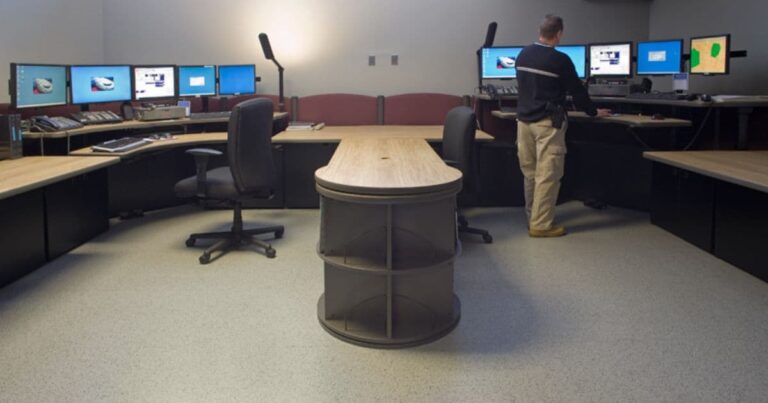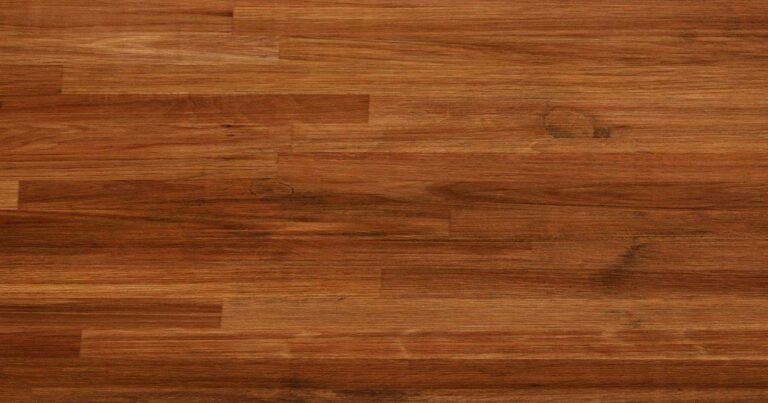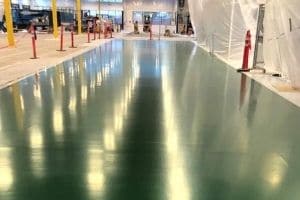FAQ: What is the difference between static-dissipative and conductive flooring?
ESD floors are categorized based on their electrical resistance properties. Resistance is measure in ohms. Conductive floors measure less than 1.0 x 10E6 ohms. Static-dissipative floors measure above 1.0 x 10E6 and less than or equal to 1.0 x 10E9.
Floors should never be purchased based solely on whether they are described as conductive or static dissipative. This white paper documents a study comparing the performance of conductive and static-dissipative carpet tile. Watch these short videos to understand the importance of defining the right ohms range of your floors.
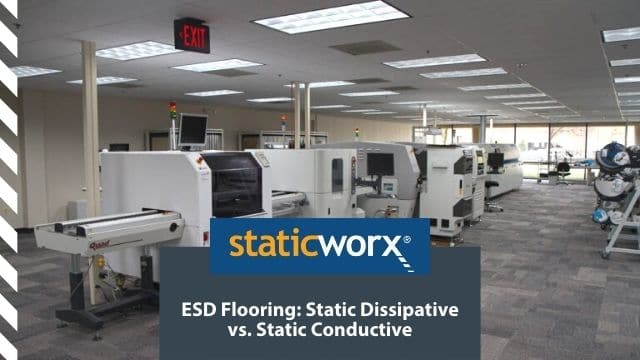
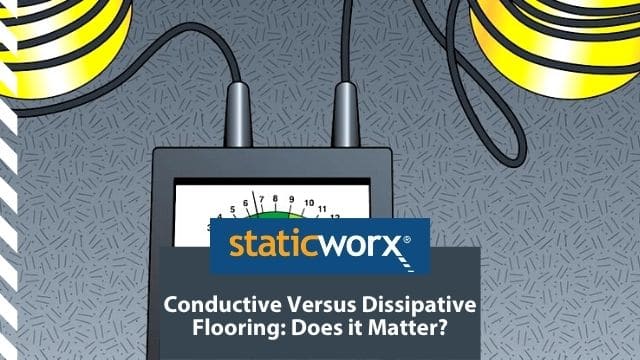
More FAQs
Learning Center Articles
- ESD Basics
- Installation & Maintenance
- Selecting & Specifying an ESD Floor
- Technical Information
- 7 Common Mistakes Selecting an ESD floor
- A Guide to ESD Flooring Selection
- Avoid Costly Failures: What You Need to Know When Specifying ESD Flooring
- Choosing ESD Flooring for:
- ESD Footwear: What Is It and When Is It Necessary?
- ESD Footwear for Electronics Manufacturing and Handling Applications
- Facility Managers’ Guide to Selecting ESD Flooring
- The Need for Due Diligence in Specifying Static-Free Flooring
- Standard of Care for Specifying Floors in Mission-Critical Spaces
- Understanding the Hidden Costs of ESD Flooring
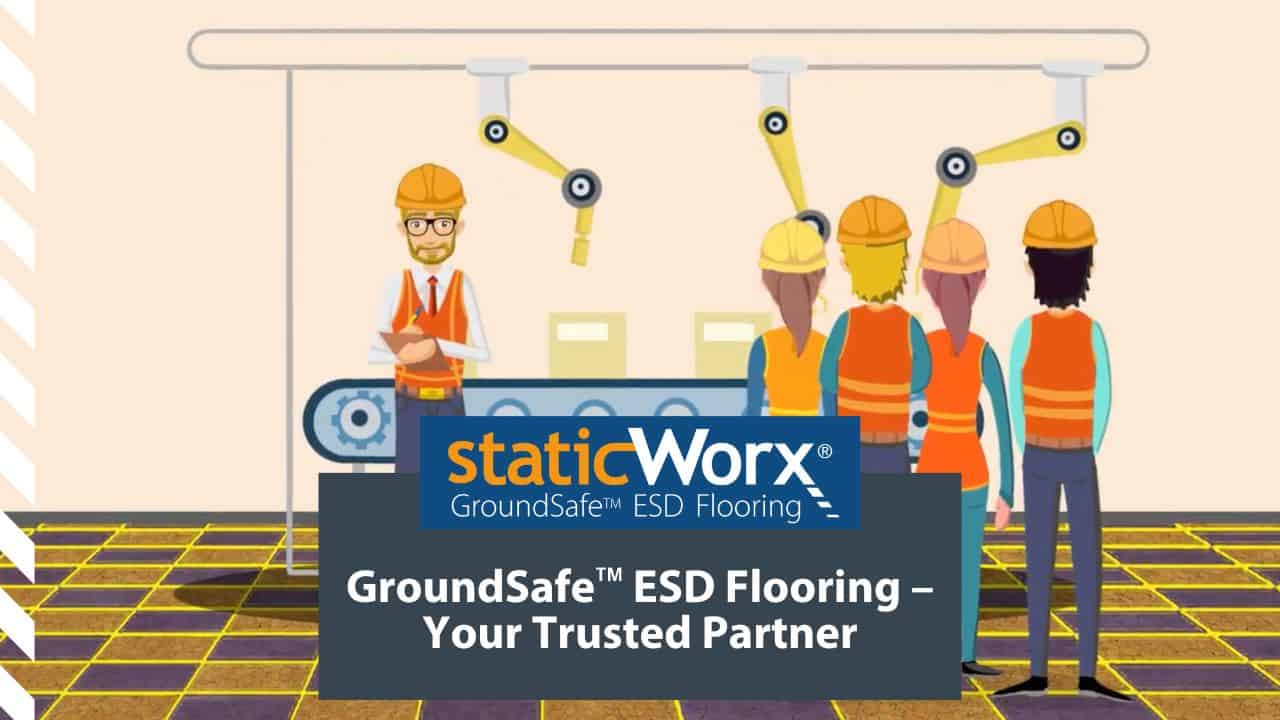
StaticWorx high-performance static-control floors protect electronic components, explosives, and high-speed computers from damage caused by static electricity. ESD flooring is part of a system. Choices should always be based on objective, researched evidence. When you partner with us, we look at all possible items that may need to integrate with the floor, and, focusing on your goals and objectives, help you find the right floor for your application.







